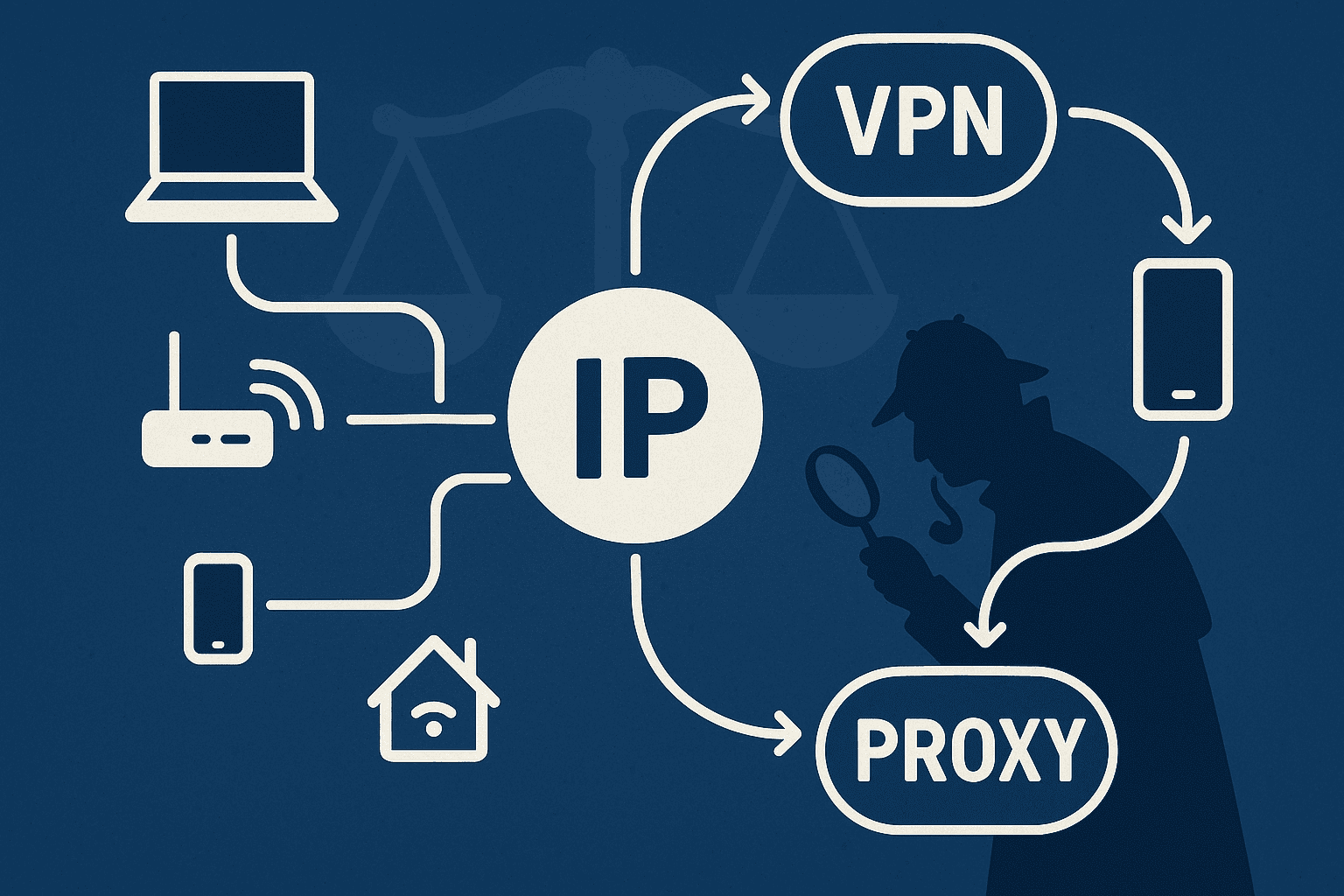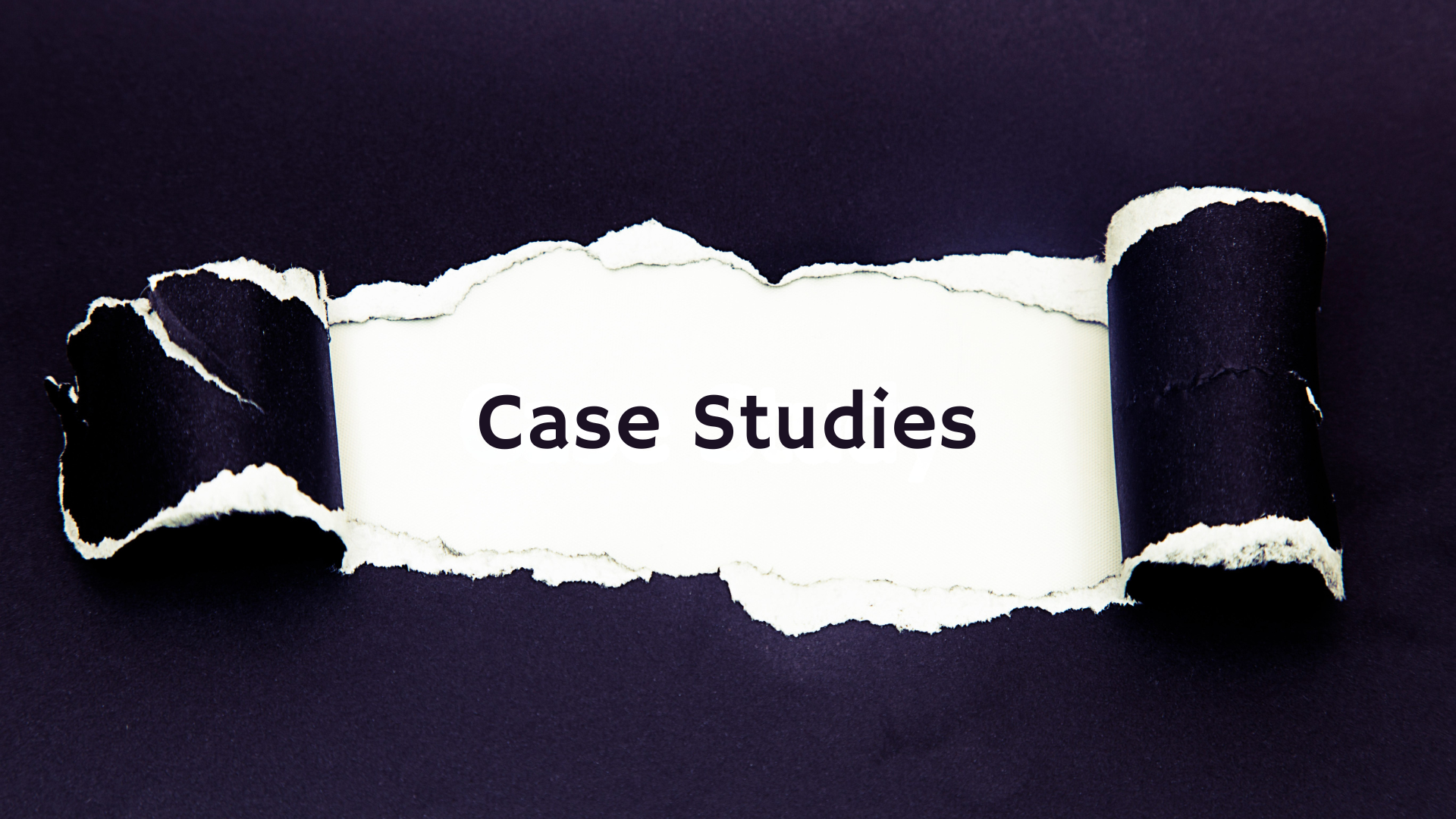Introduction
In the intricate world of digital forensics, shellbags hold a unique position as digital breadcrumbs that trace a user's interactions with a computer system. At Lucid Truth Technologies, we recognize the critical role these artifacts play in piecing together a narrative from digital evidence. For defense lawyers, understanding the intricacies of shellbags can be pivotal in constructing a robust defense strategy. This article delves into the forensic potential of shellbags, explores analytical tools, and examines the challenges that may arise in leveraging this evidence effectively in court. By the end, you'll have a clearer picture of how these often-overlooked data points can become a powerful ally in your legal arsenal.
Understanding Shellbags
Shellbags are a set of registry keys in Windows operating systems that store information about a user's folder view settings and preferences. They are created to enhance the user experience by remembering how folders are displayed, such as their size, position, and icon preferences [1, 2, 3]. This data is stored in two main registry keys: BagMRU and Bags [2].
Forensic Significance of Shellbags
Evidence of User Activity
Shellbags can provide crucial evidence in forensic investigations by revealing a user's folder browsing history. They can show whether a specific folder was accessed by a particular user, which can be pivotal in cases where proving access is necessary [2, 3]. Additionally, shellbags can indicate folder access, deletion, renaming, or overwriting, offering insights into a user's directory navigation and traversal patterns [1, 2].
Timestamps and Metadata
Shellbags contain detailed metadata, including timestamps for folder creation, last access, and modification times. This information can help build a timeline of events, showing how a user might have traversed through a system [3]. Such data can be invaluable in reconstructing past activities, even for folders that no longer exist on a system [1, 4].
Limitations and Challenges
While shellbags provide valuable information, they have limitations. They only track folders accessed through Windows Explorer, not those accessed via command-line interfaces or third-party file managers [3]. Moreover, shellbag data can be easily modified or deleted, either intentionally or unintentionally, which can affect the reliability of the evidence [3]. Therefore, relying solely on shellbags without correlating with other forensic artifacts can lead to incomplete or biased conclusions [3].
Tools for Shellbag Analysis
Eric Zimmerman's Shellbags Explorer [5] is a widely used tool for analyzing shellbag data. It offers both GUI and CLI options, allowing forensic experts to visualize and manipulate the directory structure recursively [1, 2]. Other tools, such as Axiom and TZworks Shellbag Parser [8], also provide capabilities to parse and interpret shellbag data effectively [3, 4].
Legal Considerations
For defense lawyers, understanding the legal implications of digital evidence is crucial. At Lucid Truth Technologies, we emphasize the importance of conducting forensic examinations within the confines of the law [6]. This includes ensuring that any evidence obtained is admissible in court and that the methods used to acquire it are legally sound [6].
Conclusion
Shellbags offer significant forensic value by providing insights into a user's folder access and activities. However, their limitations and the potential for data modification necessitate a cautious approach. By leveraging the right tools and understanding the legal framework, defense lawyers can effectively utilize shellbag evidence to support their cases. At Lucid Truth Technologies, we are committed to assisting attorneys in discovering, analyzing, and interpreting digital evidence to develop the best strategies for their clients [7].
[1] https://medium.com/ce-digital-forensics/shellbag-analysis-18c9b2e87ac7#
[2] https://www.hackingarticles.in/forensic-investigation-shellbags/
[3] https://www.magnetforensics.com/blog/forensic-analysis-of-windows-shellbags/
[4] https://www.sans.org/blog/computer-forensic-artifacts-windows-7-shellbags/
[5] https://ericzimmerman.github.io/#!index.md
[6] https://lucidtruthtechnologies.com/legal-imperative-for-digital-forensic-investigations/
[7] https://lucidtruthtechnologies.com/digital-private-investigator/





